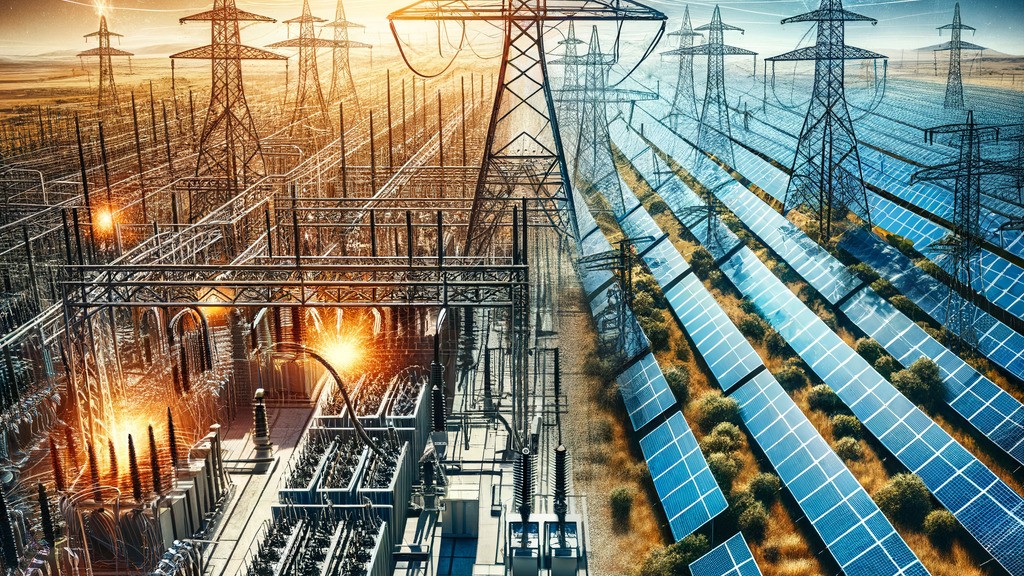Grid Protection for Renewable Energy Systems

Grid protection for solar, wind, and hydroelectric systems is crucial for ensuring the stability and reliability of renewable energy sources. In the context of solar power, grid protection involves the use of inverters and smart grid technology to manage fluctuations in electricity generation due to factors like cloud cover or shading.
For wind energy, grid protection mechanisms include voltage control systems and fault ride-through capabilities to maintain grid stability during sudden changes in wind speed. In the case of hydroelectric power, grid protection strategies focus on controlling the flow of water to prevent overloading the grid during peak demand periods.
One example of grid protection in action is the use of synchrophasors in solar power plants. These devices monitor voltage and frequency levels in real-time, allowing operators to quickly respond to any deviations that could potentially disrupt the grid. Similarly, wind farms employ advanced control algorithms to adjust the pitch of turbine blades and maintain a steady output of electricity.
Furthermore, grid protection for hydroelectric plants may involve the installation of specialized relay systems that can isolate faulty sections of the grid to prevent cascading outages. By integrating renewable energy sources with robust grid protection measures, the overall reliability and resilience of the power system can be significantly enhanced.
In conclusion, grid protection plays a vital role in maximizing the efficiency and effectiveness of solar, wind, and hydroelectric power generation. By implementing sophisticated technologies and proactive strategies, operators can ensure a seamless integration of renewable energy sources into the existing grid infrastructure. This not only benefits the environment by reducing reliance on fossil fuels but also contributes to a more sustainable energy future.
